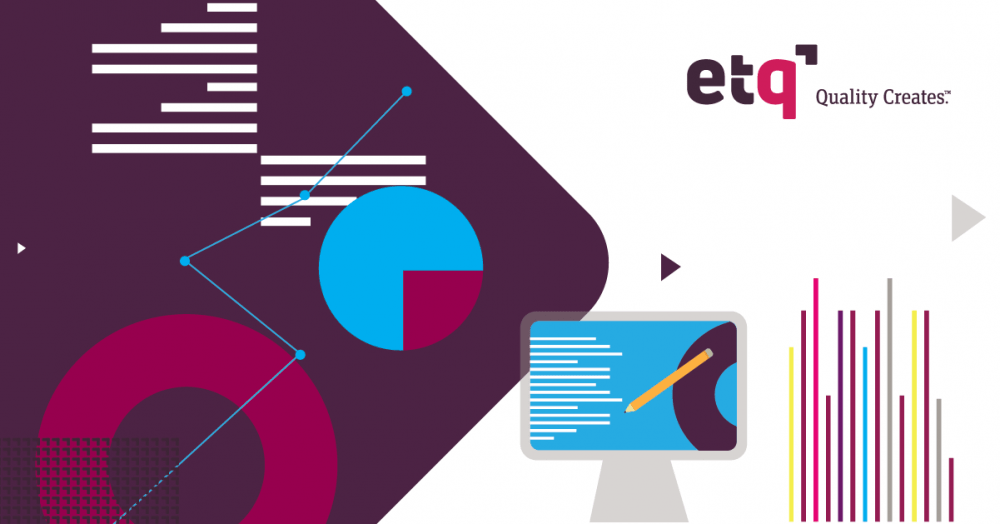You can find additional value by not just expanding and harmonizing your quality processes across all locations by reaching beyond quality into harmonized safety, risk management and industrial transformation initiatives. If you haven’t already, you should be integrating advanced quality analytics into all your quality and safety programs.
Predictive analytics will allow you to proactively identify, prioritize, and investigate potential product quality and safety issues and reduce manual effort by identifying and investigating problems in a more automated and targeted way.
Once you have your core quality system in place, look for expansion opportunities beyond your core product design, manufacturing, and supplier quality processes. Your entire product lifecycle has an impact on your cost of quality and the perception of your goods and services. For example, consider the quality implications of your distribution and service network. The core tenants of quality management and continuous improvement should be applied to every phase of the product lifecycle.
As you expand, a key area to keep front and center is risk management. Make sure you have assigned risks across processes and track these risks worldwide. This will actually help you be more adaptable when conditions change, as you will understand the risks associated with different approaches and actions.
And as you have seen value in integration, continue to look for additional processes that can be streamlined between the QMS and other systems, such as the ERP, HR, PLM, CRM, etc.
As you expand, a key area to keep front and center is risk management.




